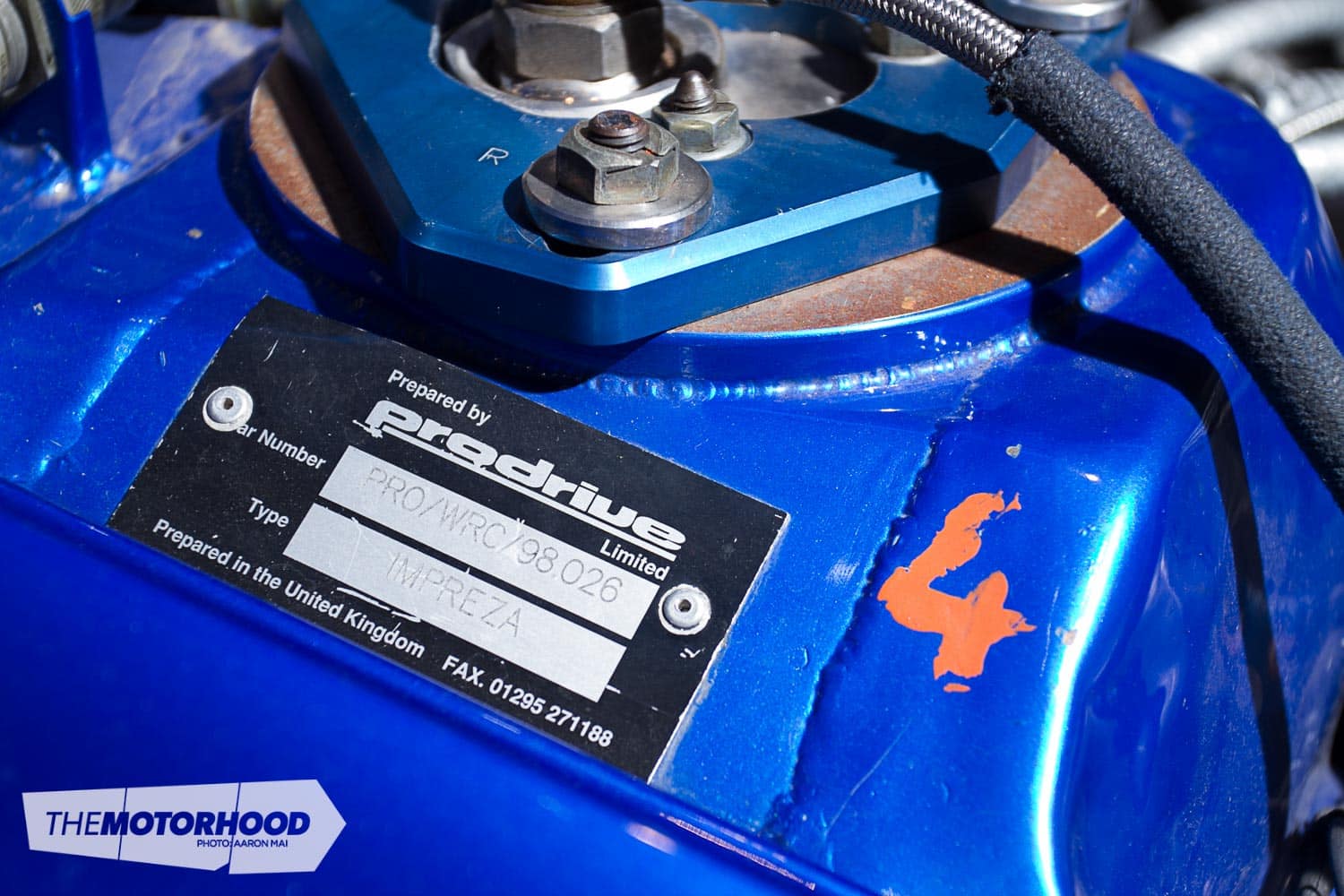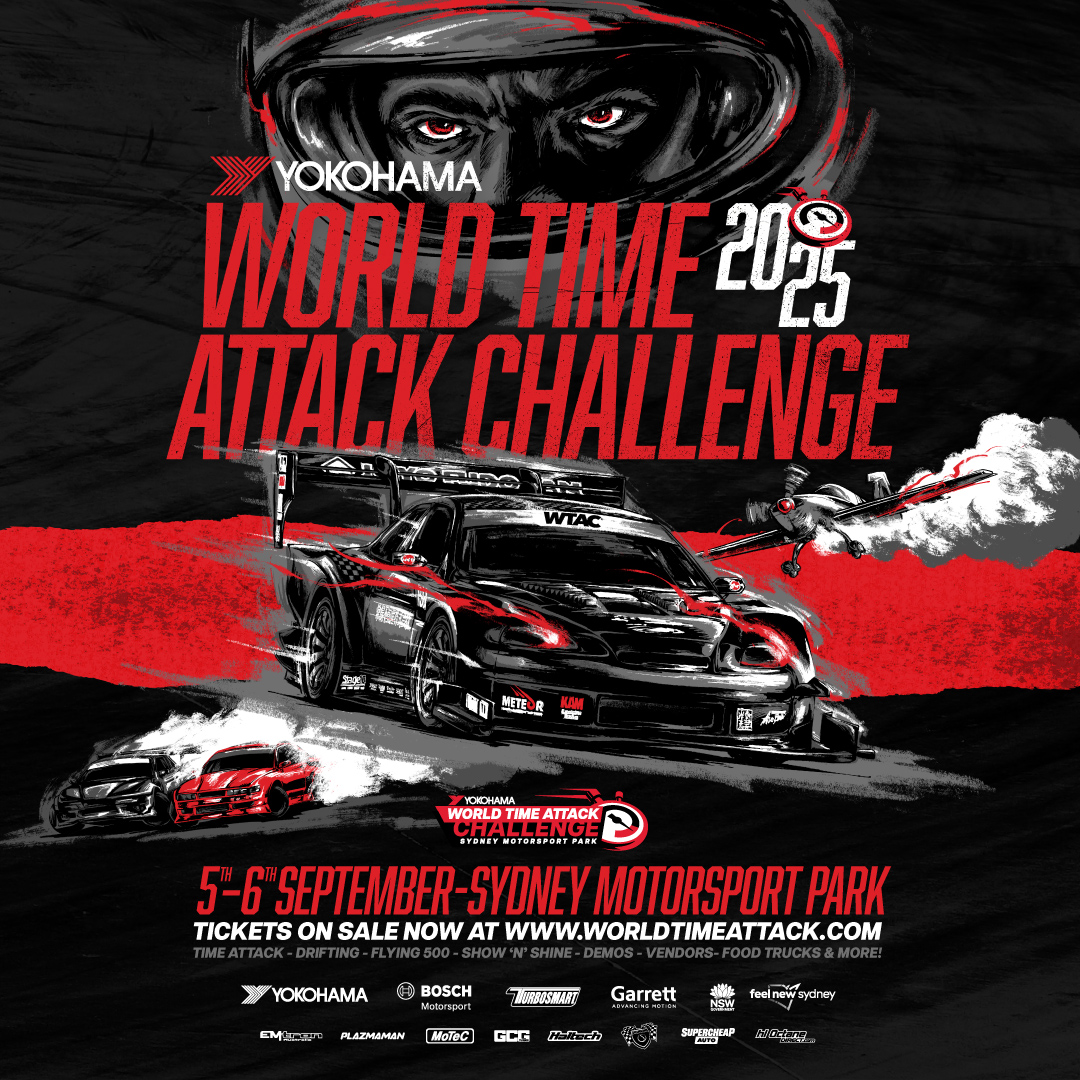data-animation-override>
“Colin McRae was a man on a mission behind the wheel of any WRC Impreza. Aaron Mai takes a look at a very special tarmac-spec coupe, one of the few McCrae Imprezas that are still in existence”

Subarus are the automobile version of the Swiss army knife, the brand is the definition of versatility on four wheels. Creating cars that can conquer any terrain, be driven on every continent on earth and achieve god-like status among car enthusiasts the world over is no mean feat.

In 1998 Subaru commemorated its 40th anniversary — and victory at the WRC championship the year before — by releasing a special model of the Impreza. At first glance it is simply a two-door coupé, but the 22B is so much more than that. In 1998 it was a giant killer, and has been firmly held in high regard to this day — 17 years later.

Although the 22B holds legendary status among car enthusiasts, it didn’t rocket to fame purely because of what it was, it was propelled into stardom thanks partially to one man: the world’s youngest World Rally Champion, Scottish plumber and one of the wildest rally drivers of all time — Colin McRae. So I was not at Mitaka Subaru in Japan to drool over the road-going 22B, as there is a steed in the stable that has a whole lot more pedigree. The steed in question is the 1998 Subaru Impreza WRC that stood on the third step of the podium in Italy.
Before Corsica disappeared from the WRC calendar, the tight and twisty mountain tarmac roads were a good hunting ground for the Subaru WRC team, and no one laid more rubber on them than McRae, behind the wheel of a Subaru.

‘R14 WRC’, as it is officially known, is chassis No. 26 and the pride and joy of Subaru Japan. Sitting quietly on the second level of Mitaka Subaru, the car has remained untouched since it left the Corsican tarmac.
Anyone lucky enough to see an original McRae-piloted Subaru will know that it’s a rare opportunity, as Colin crashed almost every car he drove, some more than others. This particular chassis only did two rallies, as it was built specifically for the two remaining events of the season, in Italy and the UK, after Colin bent its older brother in Finland. Luckily for NZPC, the Mitaka staff were very accommodating after they found out we were New Zealand–based. Oddly enough the ‘do not touch’ signs came off, the doors were unlocked, and I found myself squeezed into the driver seat. Not too many people except Colin have sat there since 1998.

The cockpit of the 555 machine had plenty of wow factor, which is to be expected from a full-blown WRC car.

Sitting inside you could see how mechanical the car was in comparison to the WRC cars of today. Staring me in the face was a barrage of flick switches controlling everything from spotlights, to the antilag. The original grey dashboard littered with carbon switch clusters, and the carbon pedal box, showed that this car meant business. I am used to seeing sparse cockpits in race cars, but the WRC cockpit could be likened to rush hour on a Tokyo subway train. The active differentials are connected to the hydraulic handbrake for the many hairpin turns, and all the plumbing required was downright impressive.

Co-driver Nicky Grist’s footrest carries buttons that operate functions such as the wipers. One quick push with his foot prior to reading the pace note would turn the wipers on so Colin could press on through water splashes without distraction. WRC-level rallying isn’t a case of spouting off a few pace notes and driving fast, this car is evidence of how hard the crews are made to work in a special stage.

As impressive as the office is, the running gear that this Subaru sports definitely shows you just why a World Rally Car will blow your mind. This one took the same 2212cc flat-four engine — with 96.9mm bore and 75mm stroke — found in the 22B, but that was where the similarities stopped between the 22B and WRC Impreza. It pumped out 224kW (300hp) at 5500rpm and 480Nm of torque at 4000rpm — these cars on tarmac react almost as quickly as our brains do. An IHI oil and water-cooled turbocharger pumps out a solid 2.0 bar (29psi) of boost with a WRC-mandated 34mm restrictor fitted.

Underneath the custom-made and seam-welded chassis, a Prodrive six-speed manual / semi-automatic non-sequential box is mated up to a dual carbon-plate clutch. Suspension comes courtesy of McPherson struts and Bilstein water-cooled shock absorbers that cling to the electro-hydraulically controlled differentials controlling the 50/50 torque split. The set-up ensured that whenever Colin entered a hairpin sideways the rear would lock, while the front wheels continued to scramble for traction and grip on the dusty broken Corsican tarmac.

Of course the twisty tar meant that big brakes were required to pull the car up, while a set of robust wheels had to absorb the punishing cuts that McRae was famous for. Up front Subaru installed 368mm water-cooled six-pot AP brakes, and down the back a slightly smaller 310mm four-pot set-up ensured that when the brakes were applied the Subaru stopped on a dime. Iconic gold 18×8 OZ magnesium tarmac wheels were then wrapped in Subaru’s only trusted rubber — Pirelli PZero.

All this weighed in at 1230kg and was capable of 0–100 in 3.9 seconds. Not forgetting the top-shelf Prodrive engineering, the iconic blue and yellow livery, and the ‘Colin McRae & Nicky Grist’ on the window, all of which makes this Subaru not only iconic but legendary as well.
As Colin’s Prodrive boss Dave Richards once said, “With Colin behind the wheel of a Subaru it was always flat out. There will never be another one like him, it was the golden age of rallying.”
This article was originally published in NZ Performance Car Issue No. 224. You can pick up a digital copy or a print copy of the magazine below:






















